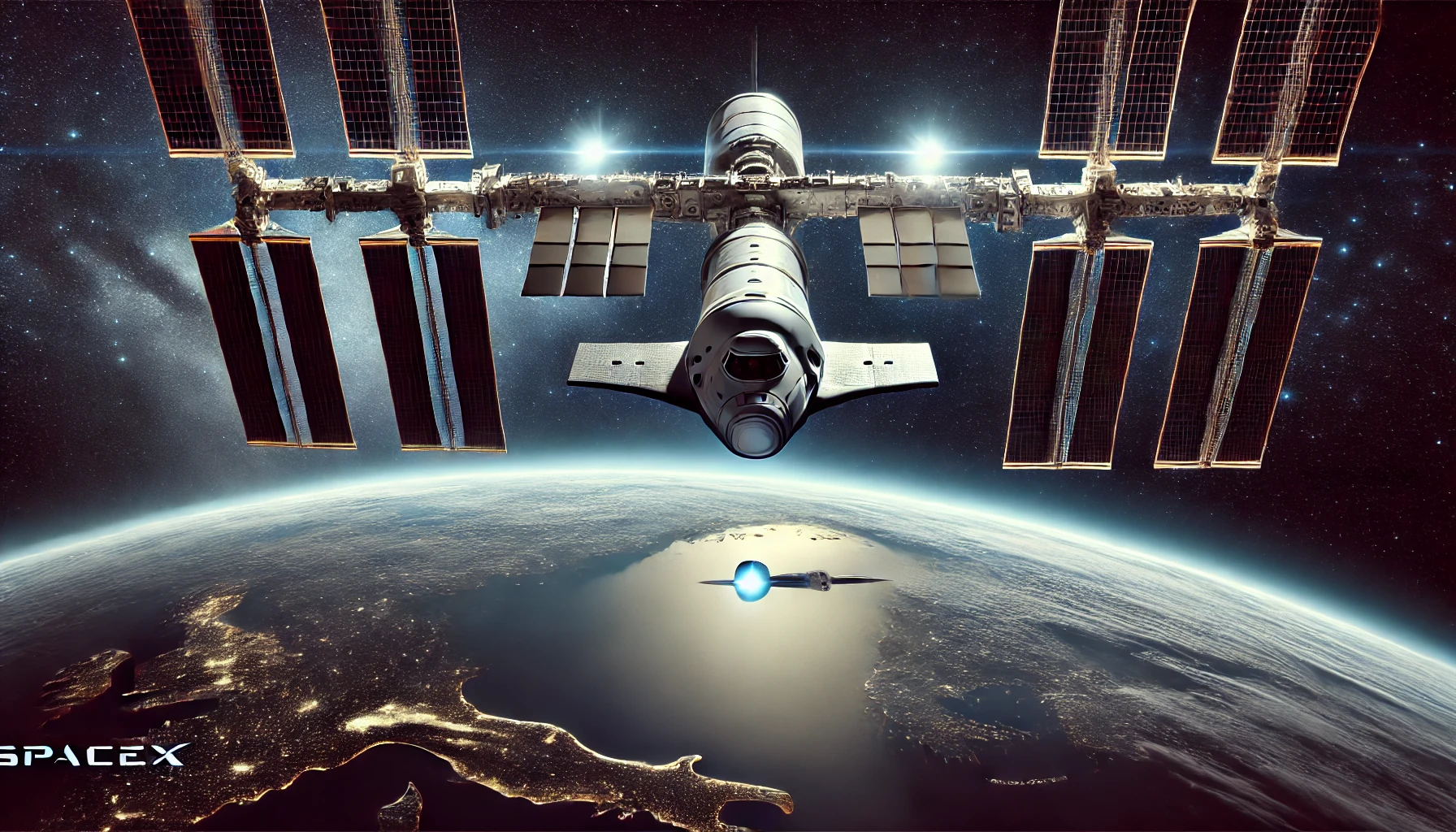The Article Tells The Story of:
- Mission Gone Wrong – Two NASA astronauts were stranded in space for months due to Boeing’s Starliner failures.
- Rivalry Heats Up – Elon Musk claims politics delayed their rescue, but NASA and the White House deny it.
- Unexpected Escape – A last-minute switch to SpaceX’s Dragon finally brought them home safely.
- Boeing’s Struggles – Years of delays and technical issues raise doubts about its role in future space missions.
Astronauts Stuck in Space Due to Boeing Starliner Issues Finally Return
NASA astronauts Sunita “Suni” Williams and Barry “Butch” Wilmore have returned to Earth after an extended stay on the International Space Station (ISS). Originally planned as a short-duration mission, their time in space stretched to nine months due to multiple technical issues with Boeing’s Starliner spacecraft.
The astronauts splashed down safely in the Gulf of Mexico aboard a SpaceX Dragon capsule at 5:57 p.m. ET on Tuesday after a 17-hour journey from the ISS. Their return marks the conclusion of one of the most unusual spaceflight delays in recent history.
Read More About Our Article of SpaceX Launches Crew-10 for Long-Awaited Astronaut Swap on ISS Published on March 15, 2025 SquaredTech
Boeing’s Starliner Faces Major Setbacks
Williams and Wilmore were part of Boeing’s critical first crewed Starliner mission, which launched in June 2024. The mission was meant to prove that Starliner could serve as a reliable transport option for NASA astronauts, competing with SpaceX’s Crew Dragon program.
However, the spacecraft ran into problems before it even reached the ISS. Thruster malfunctions and helium leaks forced mission controllers to conduct extensive tests while the astronauts were aboard the station. These issues raised safety concerns about bringing them back home using Starliner.
After weeks of analysis, NASA and Boeing made the decision to leave Starliner docked at the ISS while the astronauts awaited an alternative ride home. This unexpected delay made Williams and Wilmore’s stay one of the longest unintended space missions in recent years.
SpaceX Steps In to Bring Astronauts Back
With Starliner deemed unfit for the return trip, NASA turned to SpaceX for a solution. However, the space agency had to carefully plan the return to ensure the ISS would not be understaffed. Eventually, they scheduled the astronauts’ return for early 2025, aligning with the next available Crew Dragon mission.
SpaceX’s Crew Dragon capsule successfully brought Williams and Wilmore back to Earth, reinforcing the company’s role as NASA’s primary private spaceflight partner. The mission also highlighted the ongoing competition between SpaceX and Boeing in human spaceflight.
Elon Musk Fuels Political Controversy
As the astronauts remained in space, SpaceX CEO Elon Musk sparked controversy by claiming—without evidence—that he had offered to bring them home sooner. According to Musk, former U.S. President Joe Biden rejected this offer to avoid giving an advantage to political rival Donald Trump.
However, NASA’s former leadership and White House officials denied knowledge of such an offer. CNN reported that senior Biden administration officials stated they were unaware of any communication regarding an early return using SpaceX.
Boeing’s Future in Spaceflight
The failure of Starliner to complete its first crewed mission successfully has cast doubt on Boeing’s future in space travel. The company has faced multiple delays and budget overruns since winning a NASA contract in 2014 to develop a commercial crew transport system.
Meanwhile, SpaceX successfully launched its first crewed mission in 2020 and has completed multiple ISS flights since then. With Boeing’s ongoing technical setbacks, SpaceX continues to solidify its dominance in commercial spaceflight.
Boeing has promised to fix the Starliner’s technical problems and conduct further tests before attempting another crewed mission. However, the credibility of the program remains under scrutiny as NASA evaluates its long-term reliance on both private spaceflight providers.
What’s Next for NASA and Private Spaceflight?
NASA’s goal is to maintain multiple transportation options for ISS missions to avoid over-reliance on a single provider. While Boeing’s struggles have been a setback, the agency remains committed to working with multiple partners to ensure astronaut safety and mission success.
As the space race between Boeing and SpaceX continues, future missions will determine whether Boeing can recover from this setback or if SpaceX will remain NASA’s top choice for human spaceflight.
Stay Updated: Space


